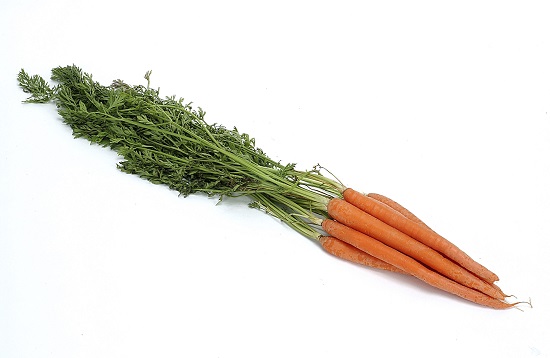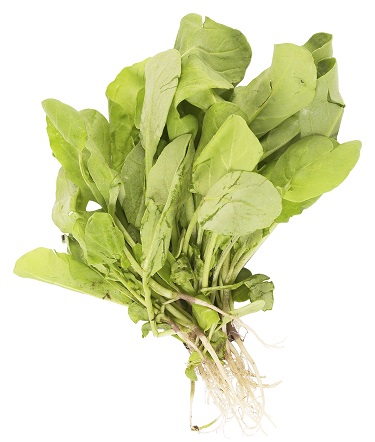If you are like most gardeners, you probably can’t wait for the weather to warm up so you can get outside and start planting. Particularly in the case of vegetable gardening, most plants cannot go in the ground until the weather warms up significantly and the danger of frost has passed. But have you considered planting some cool weather vegetable crops that can be sown as early as several weeks before the last expected frost date?
Cool weather vegetables are a great way to get a head start on the season’s plantings. Not only do cool weather veggies keep your planting areas productive for more months of the year, but they also allow you to get out in the garden earlier in the spring. These are a few varieties of cool weather vegetables that you might want to try growing in your garden this spring.

Carrots
Anyone who says they don’t like carrots has probably never tasted fresh carrots out of a homegrown vegetable garden. Carrots are a great crop to start early in the year because they are resistant to cold temperatures. Sow carrot seeds directly in the garden as early as the soil can be worked. Good soil preparation is important if you want to have good looking carrots. If there are any sticks or rocks in the top several inches of soil, your carrots will be misshapen because they will have to grow around these obstacles.
After your carrot seeds have germinated, be sure to thin them out early, while the plants are still small. For the best tasting carrots, harvest the plants while they are still young. If carrots stay in the soil too long, they will become tough and less flavorful.
Lettuce
Lettuce is a popular homegrown crop because it is so easy to grow. Lettuce prefers cool temperatures, so it can also be started early in the year. There are many different varieties of lettuce to choose from. For a nice variation, consider buying a packet of mesclun mix seeds, which will give you a sampling of a half dozen or so of the more popular varieties. Lettuce seeds can be sown directly in the garden, or they can be grown in planter boxes on a porch or patio. One thing to keep in mind about growing lettuce is the plants will not last all summer long. Lettuce should be planted in the early spring because it will quickly die off in the hot midsummer temperatures. If you have an area of your garden where you grow perennials, consider planting your lettuce there in the early spring, while there is still plenty of space. By the time your perennials start getting bigger; your lettuce crop will be just about done for the year anyway and can be removed.

Spinach
Spinach, like lettuce, is another leafy vegetable that grows well in cool spring temperatures. Spinach seeds can be sown directly in the garden as early as the soil can be worked. For an ongoing crop, you can continue sowing additional spinach seeds at 10-day intervals until the weather becomes too warm for the plants. Young spinach plants are a favorite of rabbits, so if these garden pests become a problem in your yard, you may have to install chicken wire fencing around the garden area. Another option is to sprinkle bloodmeal around the plants. Many animals, including rabbits, will not cross a line of bloodmeal.
Peas
Peas are another cool weather favorite, growing easily from early spring until the weather becomes too warm for the plant to tolerate. One of the best things about peas is that they are a vining plant, meaning they will grow vertically. This means that they take up a small amount of garden real estate, while still producing heavily. Peas should be sown directly in the garden as early as the soil can be worked. One good method is to plant your peas in long rows, and once the plants germinate, provide a fence of plastic netting or chicken wire alongside the row for the plants to grow upon. It is also a good idea to add a thick layer of mulch to the established pea vines to help keep the roots cool and to retain soil moisture.
Carrots, lettuce, spinach, and peas are just a few examples of cool weather vegetables. There are many other vegetables in addition to these that can be planted early in the spring. With a little experimentation, you will be able to find a mix of cool weather veggies that you can grow early in the year to make better use of your garden space and to give your green thumb an early spring workout.
Ellen Bell works for a retail website that offers many home and garden products.
Related Articles & Free Email Newsletter
Building a Seasonal Greenhouse
Cold Frames Offer an Easy Start to Greenhouse Gardening




Comment here